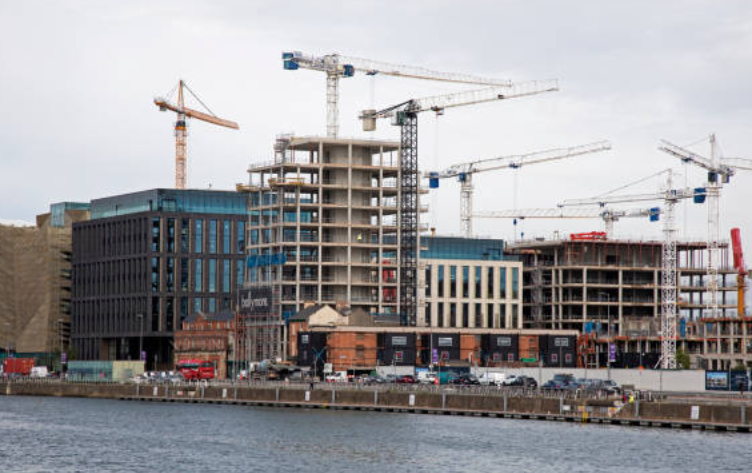
Posted on Tuesday, October 15, 2024
As Ireland's construction industry continues to grow, the demand for innovative and efficient manufacturing techniques is on the rise. Among these, roll forming technology is emerging as a pivotal solution, offering significant benefits in efficiency and cost-effectiveness. This blog post will explore how roll forming is transforming the construction landscape in Ireland.
Roll forming is a continuous bending operation in which a long strip of metal is passed through a series of rollers to gradually shape it into desired profiles. This method is particularly well-suited for producing metal components used in construction, such as purlins, frames, and roofing panels. Its efficiency lies in its ability to produce high volumes of uniform parts with minimal waste.
One of the primary advantages of roll forming is its efficiency. The process allows for rapid production of metal components, significantly reducing lead times. In a construction environment where time is often a critical factor, the ability to produce large quantities of custom profiles quickly is invaluable. This not only helps contractors meet tight project deadlines but also enhances overall productivity.
Cost efficiency is a significant concern in the construction industry, and roll forming offers several financial benefits:
Roll forming technology is versatile and can be adapted for various applications within the construction sector. From roofing and wall panels to structural components, the possibilities are extensive. In Ireland, where architectural styles and building materials vary widely, the ability to create customized profiles on demand is a considerable advantage.
The rise of roll forming technology in Ireland's construction industry signifies a shift towards more efficient and cost-effective manufacturing solutions. As the industry continues to evolve, the adoption of roll forming will likely play a crucial role in meeting the demands of modern construction projects. By enhancing productivity, reducing costs, and providing versatile applications, roll forming technology is poised to become an integral part of Ireland's construction landscape, paving the way for a more efficient and sustainable future.
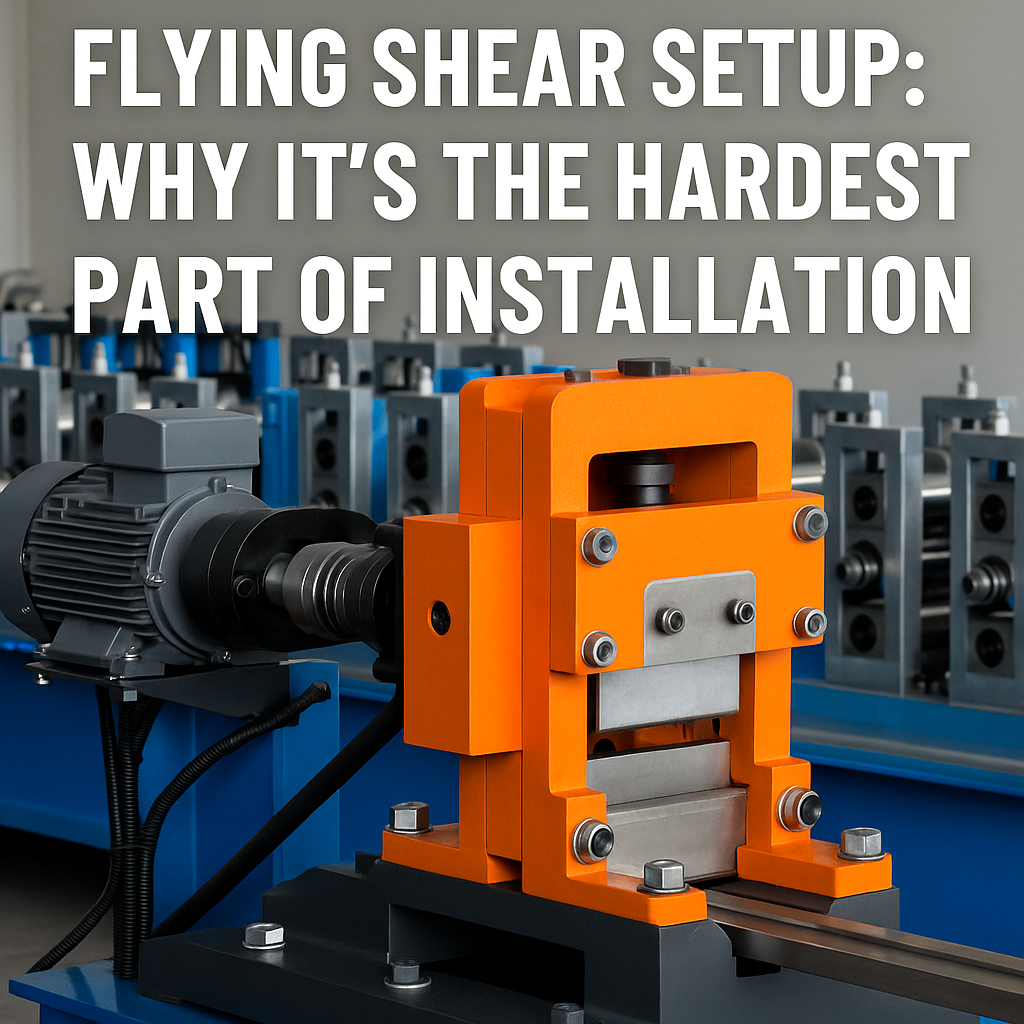
Flying Shear Setup: Why It’s the Hardest Part of Roll Forming Machine Installation
Posted on Monday, November 24, 2025
If you want a header image, meta description, or series continuation, just tell me.
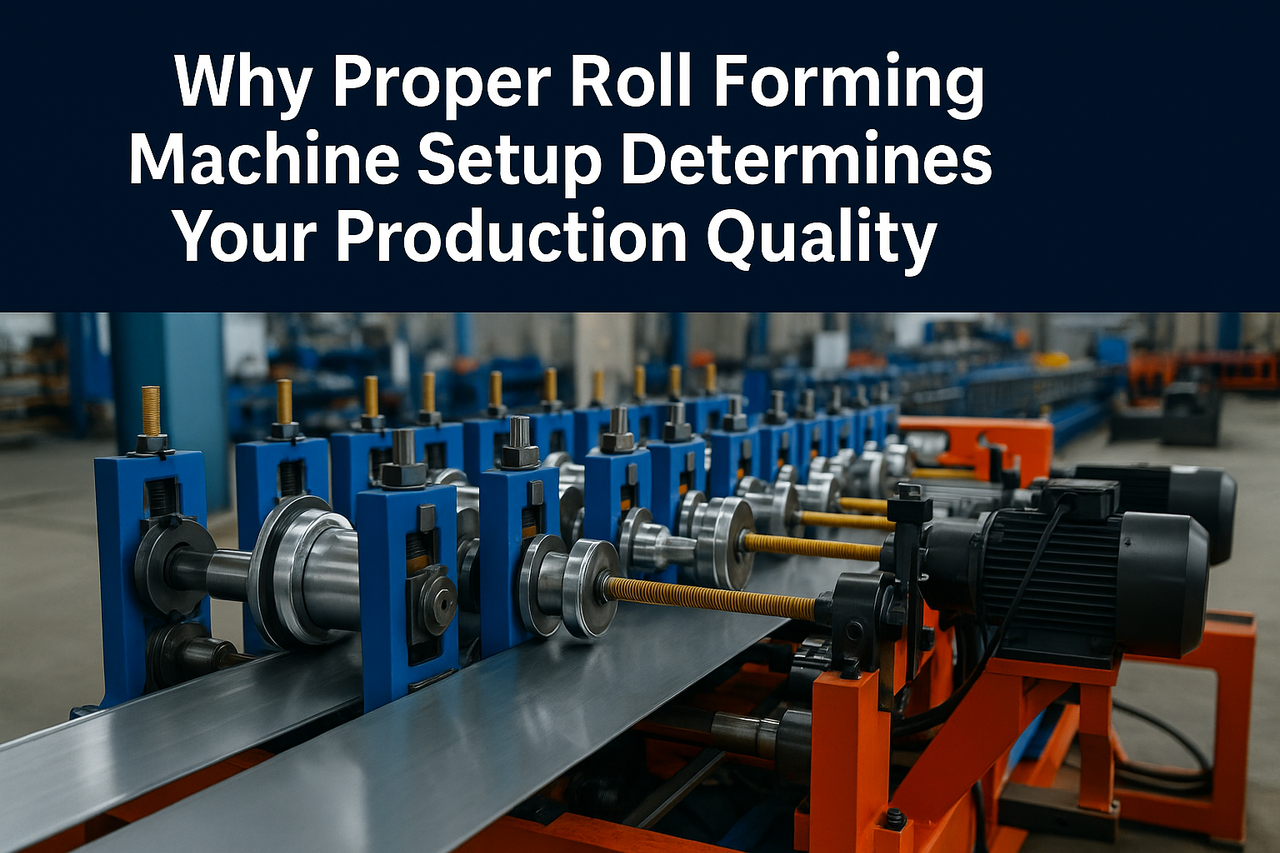
Why Proper Roll Forming Machine Setup Determines Your Production Quality
Posted on Monday, November 24, 2025
The #1 factor that decides accuracy, scrap rate, speed, and consistency.
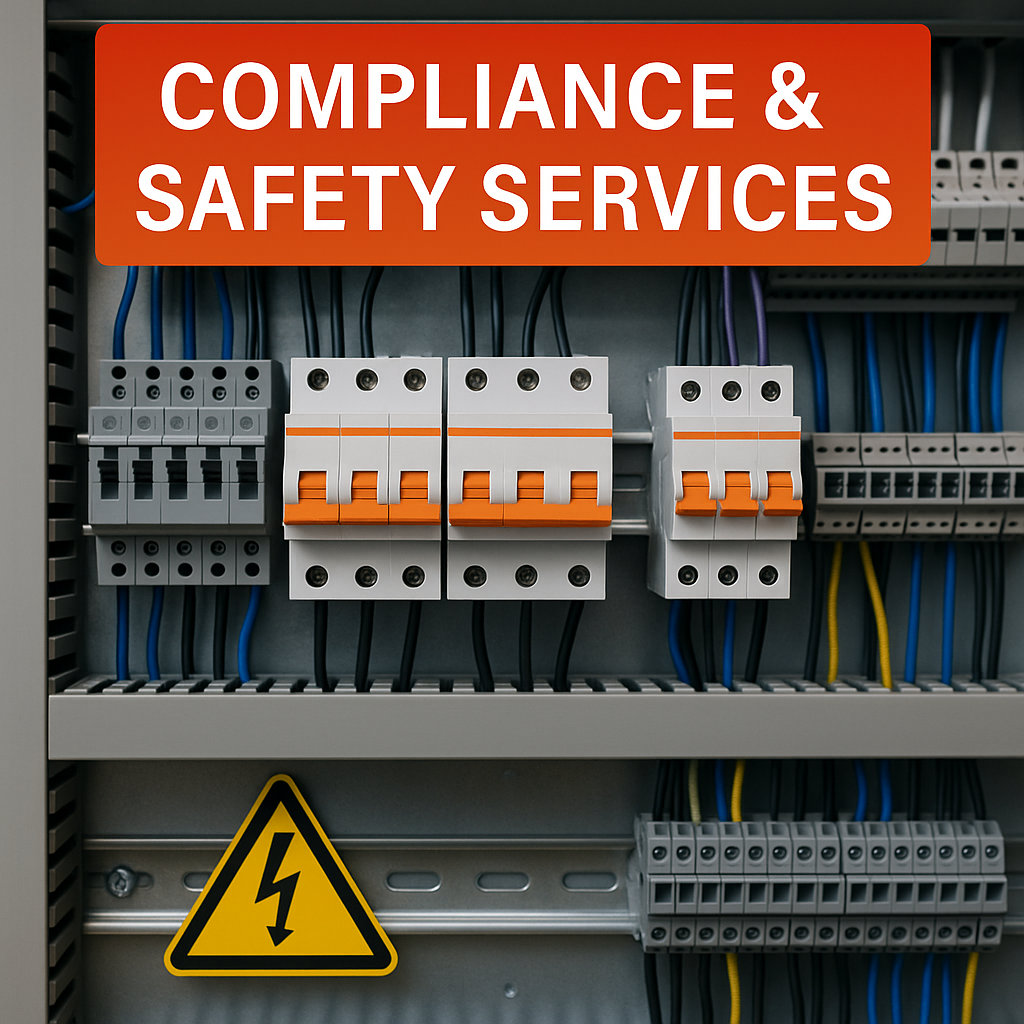
Compliance & Safety Services for Roll Forming Machines — Full Guide
Posted on Sunday, November 23, 2025
How Machine Matcher keeps your machines safe, legal, and fully compliant with CE, UL, and UKCA standards.
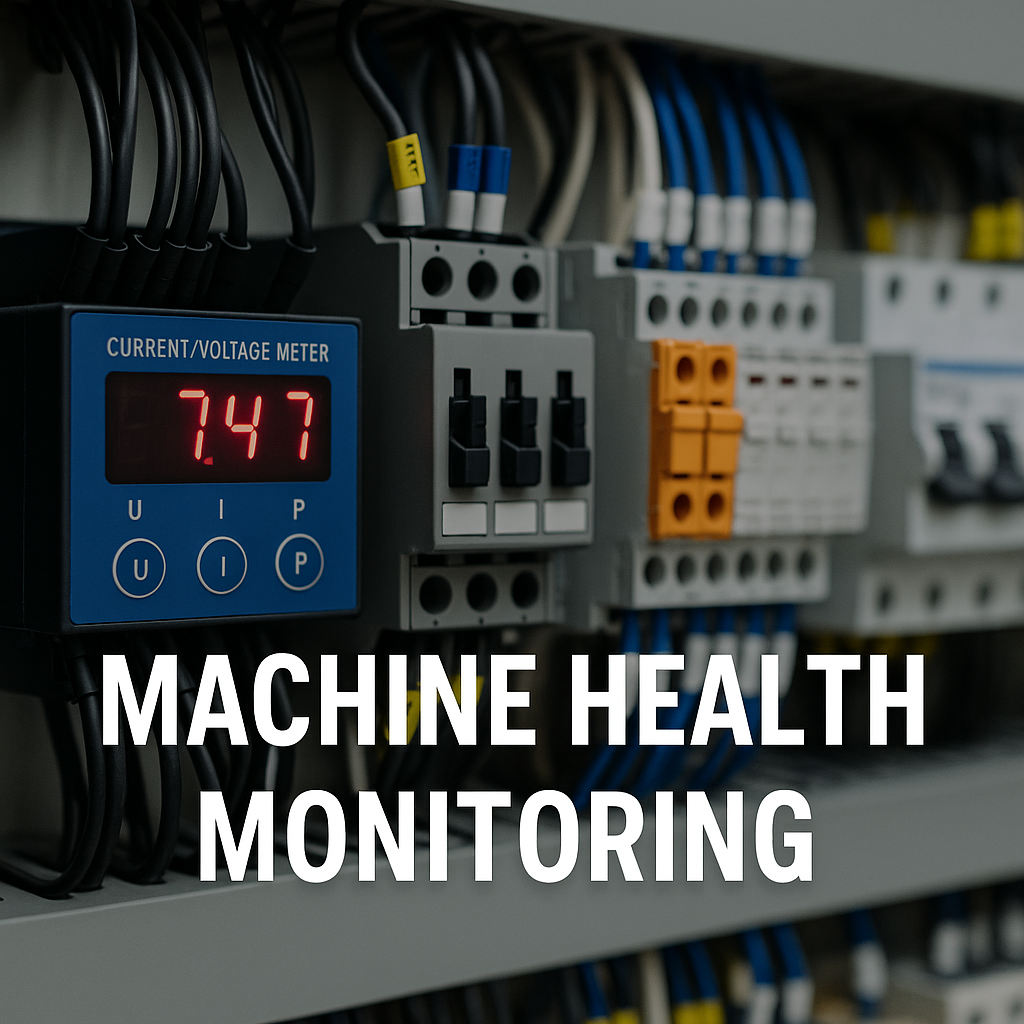
Machine Health Monitoring for Roll Forming Machines — Complete Diagnostic Service Guide
Posted on Sunday, November 23, 2025
Continuous diagnostics that prevent breakdowns, reduce downtime, and extend machine life.
Copyright 2025 © Machine Matcher.